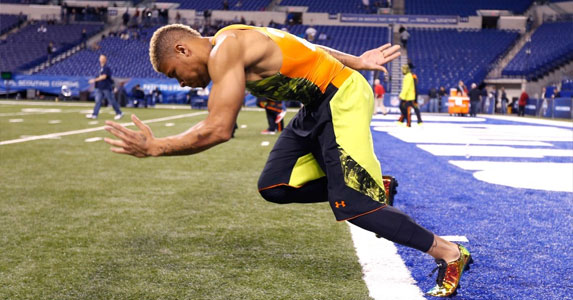Repeated Sprint Ability is Overrated? (Part 1)
This is going to be an article/research review that could be seen as an addendum to Troubles with RSA I wrote few years ago. I suggest you check that one first before proceeding with this one.

Let’s clear some terminology first before we proceed.
HIA – High-Intensity Action; runs performed at velocities >19.8 kmh-1 over a minimum duration of 1s. This is a ’tricky’ definition and I will come back to it.
HIB – High-Intensity Bout; same thing as RSS
RSA – Repeat Sprint Ability; The ability to recover and reproduce performance in subsequent sprints. There are different ways to quantify the RSA (mean time, fatigue index, decrement score) and there are a lot of controversies involved (which I covered in Troubles with RSA) along with ecological validity issues with most of the RSA tests.
RST – Repeat Sprint Training; training activity aimed at improving RSA
The questions to be asked are the following:
- What kind of RSS and HIA are happening during the game (frequency, duration, number of sprint, duration and activity during the rest, etc) and how important are they to the overall game performance taking into account position played
- To what physical qualities are those pattern CORRELATED(there are a lot of cross studies explaining this and I will not go in deep analysis of it)
- Do these patterns CHANGE over time under the influence of training and CHANGE in physical qualities we identified to be significantly correlated with them? This is the most important question that might give us some ideas about CAUSALITY between these two things. I am only familiar with Martin Buchheit et al. study that actually motivated me to write this blog entry.
Let’s deal with question #1. What kind of patterns actually occurs during the game at the current level of understanding, measurement and analysis?
There are a LOT of studies dealing with time-motion analysis, time spent and distance covered in different zones and I don’t want to repeat them here. What I do want to express here is that although there is a common belief that better (and/or more fit) teams (and players) will cover more ground during the game and spend more time in high-intensity zone. But actually, that is not true. Yes, you read it correctly – THAT IS NOT TRUE. Take a look at the study done by Di Salvo et al. which showed that better teams actually did LESS high-intensity running and sprinting during the game.











Responses